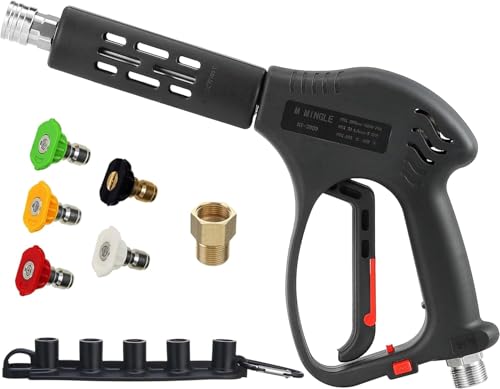


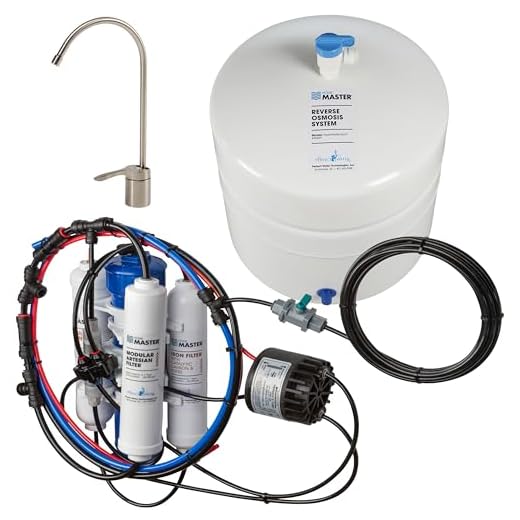
Address the fluctuating water flow immediately by checking for clogged filters or debris in the inlet. Clean these components thoroughly to restore smooth operation.
If that doesn’t resolve the issue, inspect the hose for kinks or damage, as any obstruction can cause disruptions in pressure. Replacing worn hoses is a straightforward solution that can vastly improve performance.
Inspect the nozzle for any blockages or wear. A worn or partially blocked nozzle can lead to inconsistent water jets. Replacing the nozzle with a compatible model usually resolves this issue swiftly.
Next, examine the washer’s motor or pump. Overheating or malfunctions can lead to poor performance, necessitating a professional evaluation to ensure these parts are functioning correctly. Always adhere to manufacturer guidelines for maintenance to avoid more significant issues down the line.
Understanding the Pulsating Issue
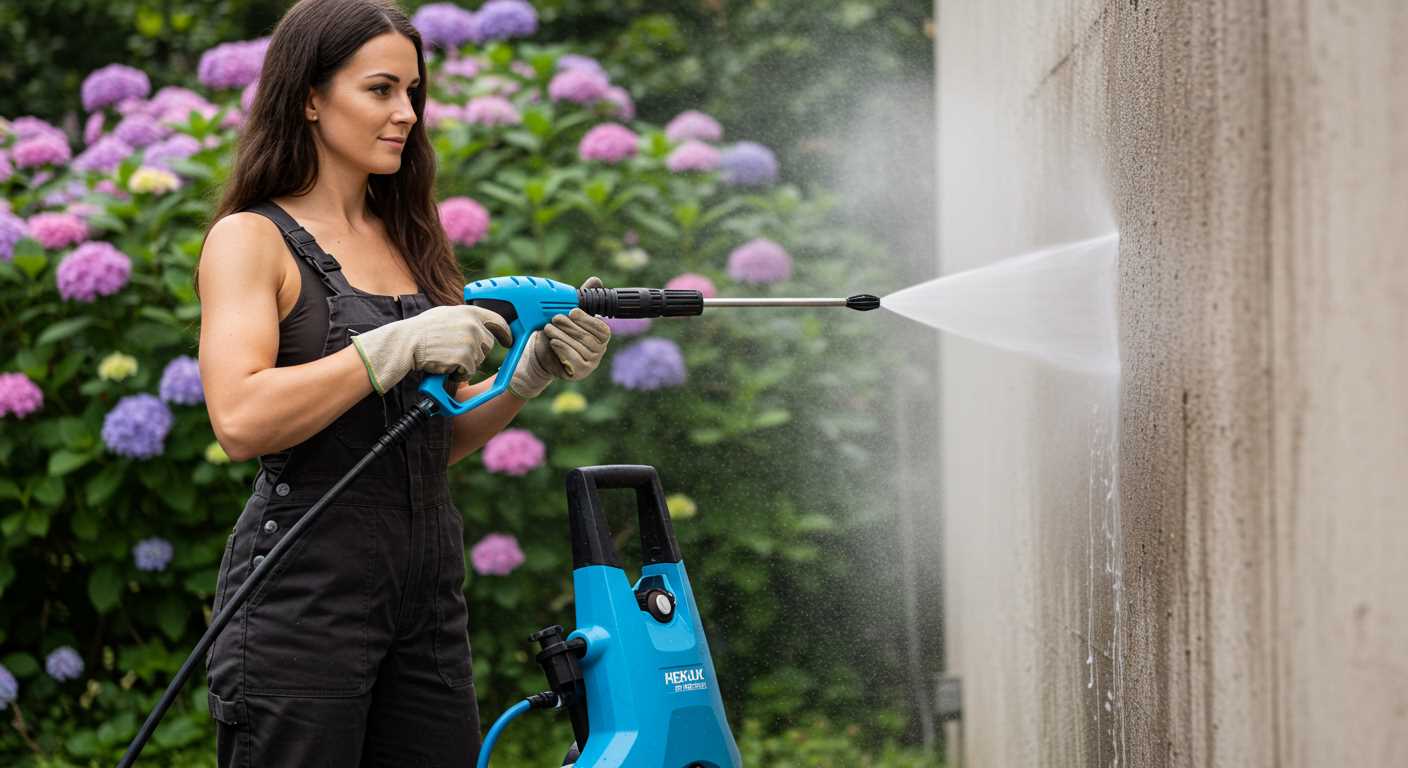
To tackle the erratic flow in your cleaning device, start by inspecting the water supply. Ensure a consistent water source without any interruptions or blockages. If the intake hose is kinked or damaged, replace it to facilitate proper water flow.
Next, examine the filter located at the inlet. A clogged filter can drastically affect performance. Clean or replace it as required to maintain optimal fluid movement.
Another point of consideration is the nozzle. A worn or partially obstructed nozzle can lead to fluctuation in pressure. Swap out the nozzle if you notice excessive wear or accumulations within the tip.
Check the pump as well. Any signs of wear or damage can lead to inconsistent pressure output. You may need to service or replace the pump if issues persist after other checks.
Also, ensure that the spray wand is correctly attached. If it is loose, it can cause fluctuations in pressure. Tighten the connections to see if it resolves the issue.
Lastly, I recommend checking for any air leaks in the hoses or fittings. Even small leaks can result in notable pressure inconsistencies. Replace any faulty components to restore proper function.
Common Causes of Pulsating Pressure
Check for air leaks in the inlet hose or fittings. Any gap allows air to mix with water, disrupting the flow and leading to an uneven spray pattern.
Inspect the water supply. Low water volume or pressure can result in fluctuations. Ensure the source delivers adequate flow and meets the required specifications.
Look for clogs in the nozzle or filter. Dirt and debris can obstruct water flow, causing the machine to struggle and produce an inconsistent output. Cleaning these parts regularly can prevent this issue.
The pump itself may be the source. Wear and tear can lead to internal issues, such as worn seals or valves. Consider a professional inspection if you suspect pump damage.
Ensure that the machine is not operated at a distance longer than recommended from the water source. Excessive distance can result in pressure loss.
Check the power supply’s consistency. Fluctuating electrical current can affect machine performance. Make sure your outlet provides stable power to the unit.
Evaluate the hose for kinks or pinch points. Any obstruction can hamper flow, resulting in pressure variations. Regularly inspect and straighten the hose to maintain optimal performance.
Consider the temperature of the water being used. Excessively hot or cold water can impact the pump’s functionality. Use water within the manufacturer’s recommended temperature range for best results.
Checking the Water Supply and Connection
Ensure the water source delivers a steady flow. A minimum pressure of 20 PSI is typically required. If the water supply is insufficient, it can lead to irregular performance.
Connections and Hoses
Inspect all connections for airtight seals. Any gaps or leaks can disrupt flow and cause instability. Ensure the hose is free of kinks and blockages to maintain optimal water delivery.
Water Quality
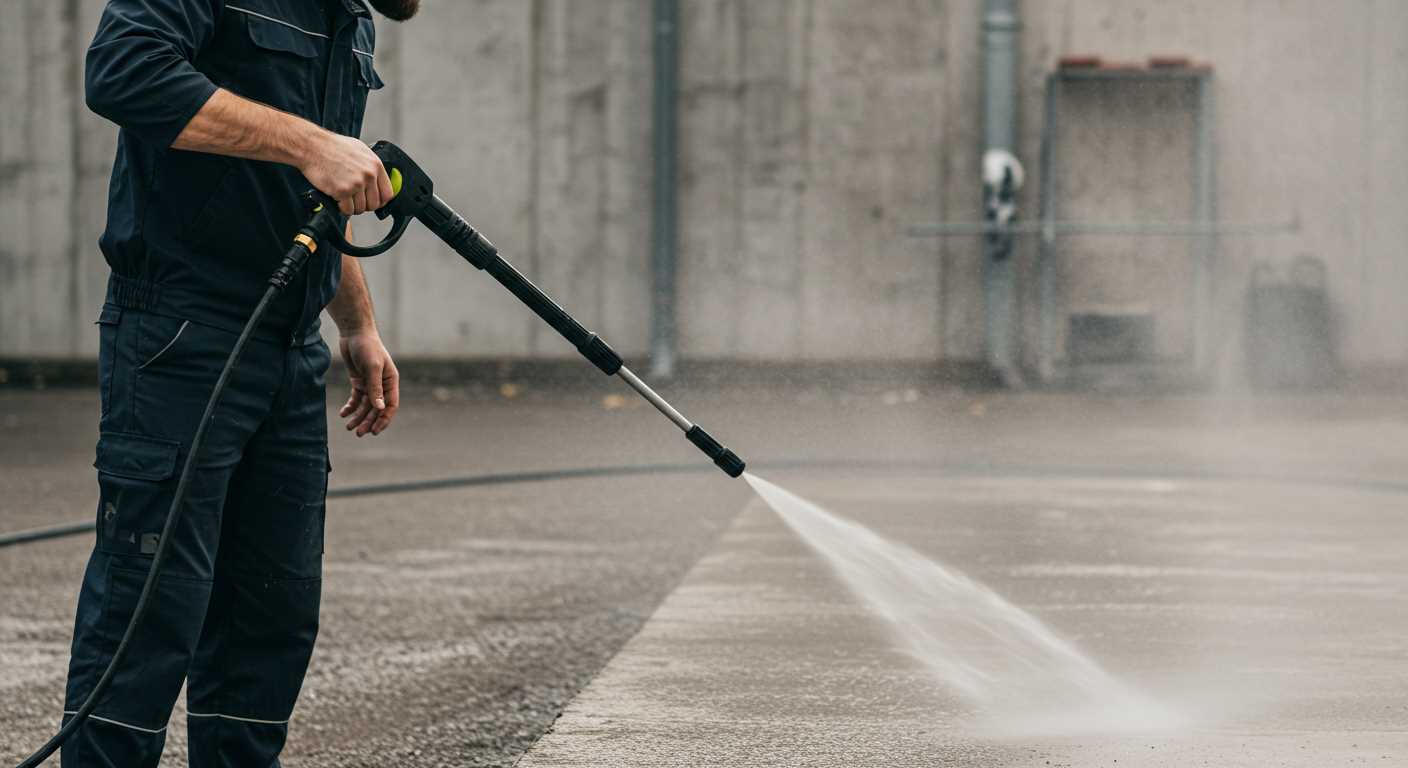
Contaminants in the water can affect the functionality of internal components. Periodically check for debris in the water source. Using a filter can help keep the water clean and protect the equipment.
| Check | Details |
|---|---|
| Water Pressure | Minimum of 20 PSI recommended |
| Seals and Connections | Look for leaks or air gaps |
| Hose Condition | No kinks or blockages; replace if damaged |
| Water Quality | Use a filter to prevent debris |
A quick assessment of these factors can greatly enhance performance and prevent operational issues. Regular maintenance will mitigate problems and ensure a consistent cleaning experience.
Inspecting the Pump of the Cleaner
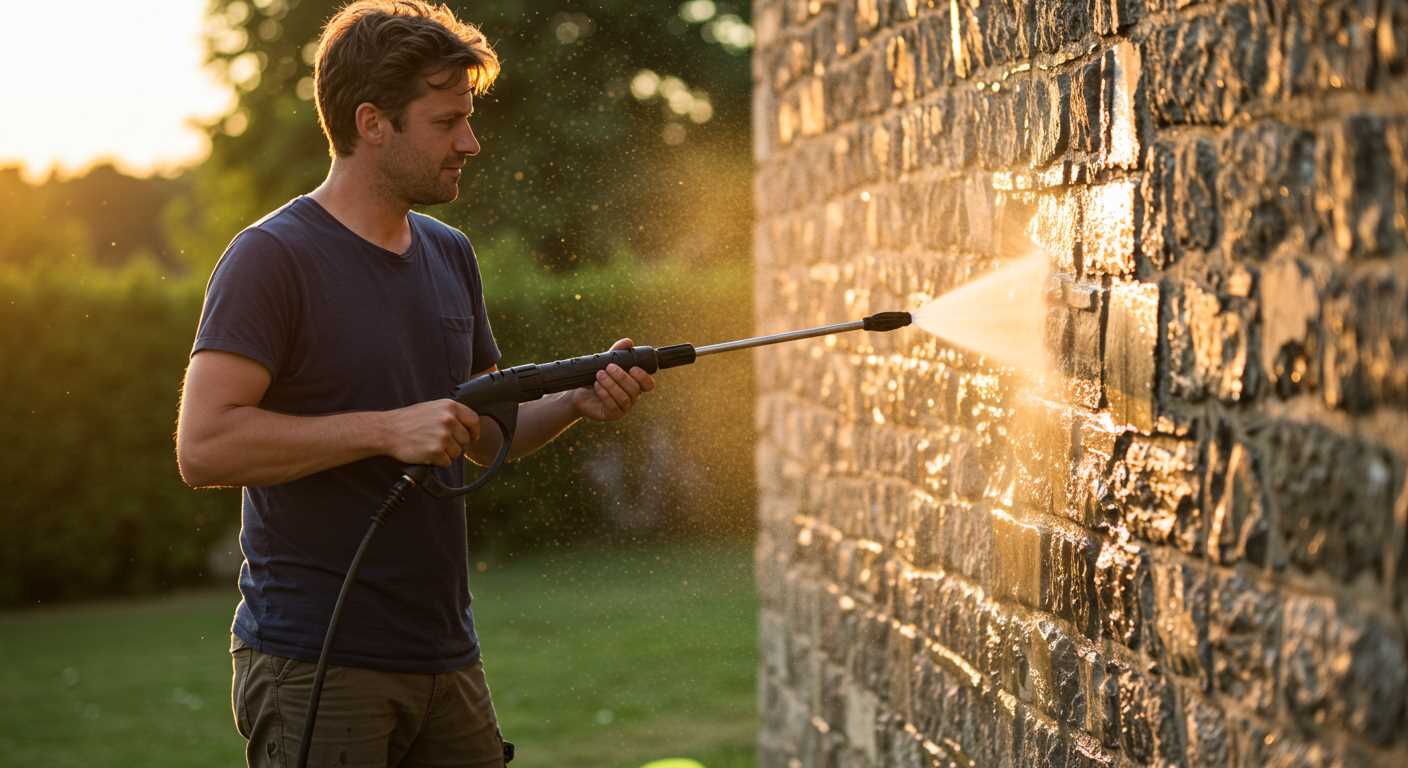
First, ensure the device is unplugged from the power source for safety. The pump is vital; if it’s malfunctioning, it directly affects water flow and pressure. Begin by examining for any leaks around the pump housing. This can indicate worn seals or gaskets. If you notice moisture, these components likely need replacement.
Next, inspect the condition of the pump itself. Look for any visible signs of damage such as cracks or corrosion. Such defects compromise the pump’s ability to maintain consistent pressure. If the unit is built with a removable casing, take it off and check for debris or blockages. Dirt can accumulate and impede performance, causing erratic functionality.
Furthermore, listen for unusual noises during operation. A grinding or rattling sound suggests internal wear. If you suspect this, consider replacing the pump as it may lead to further complications if neglected.
Also, verify that all connection points to the pump are secure. Loose fittings may introduce air into the system, causing the performance to fluctuate. Tighten any loose connections and inspect the hoses for kinks or damage that may disrupt water flow.
Finally, refer to the manufacturer’s manual for specific maintenance tips. Regular inspection and upkeep not only prolong the life of the pump but also optimise the machine’s functionality, ensuring a steady and strong output.
Domestic Water Filters and Their Impact

A high-quality water filter can significantly improve the performance of your cleaning equipment by ensuring a steady and clean supply of water. Mineral deposits and impurities in untreated water may lead to malfunctions and inconsistent flow, contributing to undesirable oscillations in pressure.
Benefits of Using Water Filters
- Protects the internal components of your machinery from scaling and corrosion.
- Reduces frequency of maintenance and repairs by minimising wear and tear.
- Promotes a more even and reliable water flow, enhancing operational stability.
- Improves overall cleaning efficiency, ensuring surfaces are effectively treated.
Types of Filters to Consider
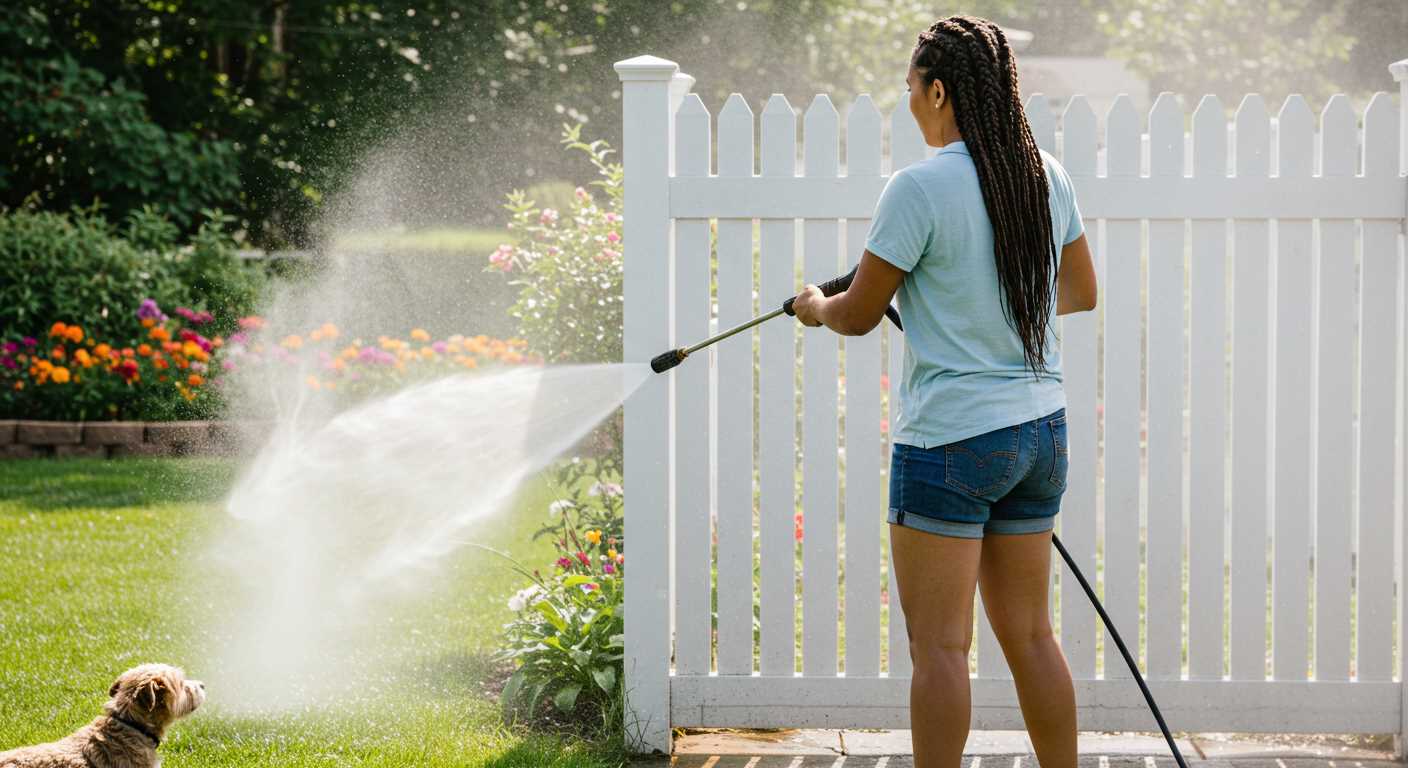
- Carbon Filters: Ideal for removing chlorine and odour, enhancing water quality.
- Reverse Osmosis Systems: Great for eliminating a broad range of contaminants, ensuring pure water.
- Inline Sediment Filters: Effective at capturing larger particles like sand and silt before they reach your equipment.
Integrating a suitable filter system not only protects your investment but also optimises the functionality of your cleaning apparatus, allowing you to achieve desired results consistently. Always check your filter’s specifications and maintenance requirements to ensure optimal performance over time.
Identifying Problems with the Nozzle
Start by thoroughly examining the nozzle as it can significantly affect the appliance’s performance. A clogged or damaged nozzle is often the root of inconsistent water flow.
Here are specific steps to identify nozzle issues:
- Visual Inspection: Check for any visible blockages or damage. Mineral deposits, dirt, or other debris can obstruct water flow.
- Cleaning: Use a small brush or a pin to gently clear the nozzle’s opening. Ensure there are no residues affecting the spray pattern.
- Check Spray Pattern: Activate the unit and observe the spray pattern. An uneven spray can indicate a faulty nozzle.
- Replacement: If cleaning doesn’t resolve the issue, consider replacing the nozzle. Ensure compatibility with your model for optimal performance.
Regular maintenance of the nozzle will help avoid future complications. After each use, rinsing it out can prevent build-up and prolong its lifespan.
Maintenance Tips to Prevent Pulsating
Regularly check and clean the inlet filter. A clogged filter restricts water flow, leading to irregular performance. Remove it and rinse under running water to dislodge any debris.
Inspect and replace worn hoses. Damaged hoses can create air leaks, causing fluctuations in pressure. Look for cracks or bulges, and ensure connections are secure.
Ensure the detergent tank is clear. Residues can accumulate, obstructing the system and affecting operation. Clean the tank and use only recommended detergents.
Schedule periodic maintenance of the pump. Lubricate moving parts as necessary and follow the manufacturer’s guidelines for fluid replacement to keep the internal components working smoothly.
Monitor the temperature and pressure settings consistently. Using excessive pressure for extended periods can strain components, leading to erratic behaviour. Adjust as necessary for the task at hand.
Store equipment in a dry, temperature-controlled environment. Extreme temperatures can damage seals and other parts, increasing the likelihood of performance issues.
Regularly examine nozzles for blockages and wear. A clogged or damaged nozzle can disrupt water flow. Clean or replace as needed to maintain consistent power.
Keep the equipment level during operation. An unbalanced position can interfere with water intake. Always use the equipment on a flat surface to avoid complications.
Utilise an appropriate water supply. Inspect the source to ensure it meets pressure and flow rates specified by the manufacturer. Inadequate supply can lead to instability.



